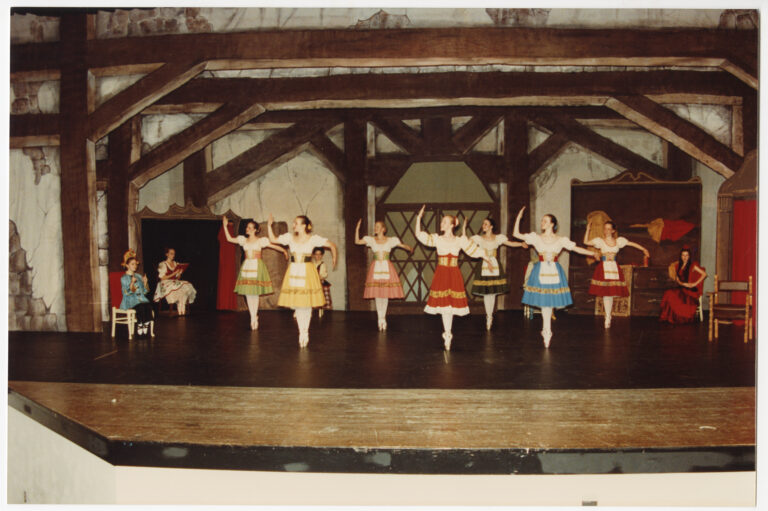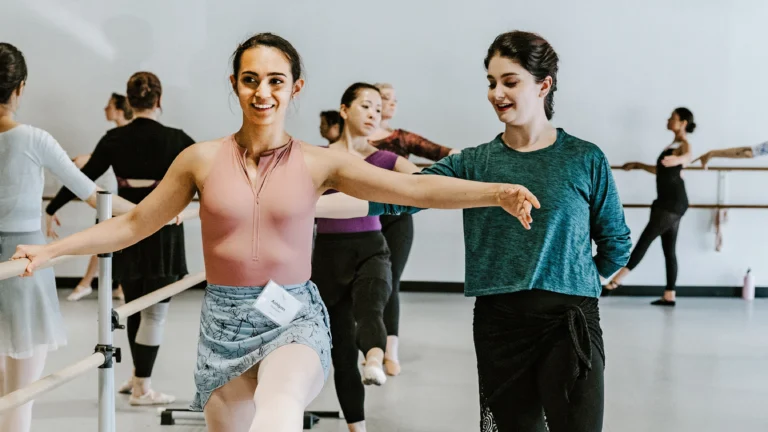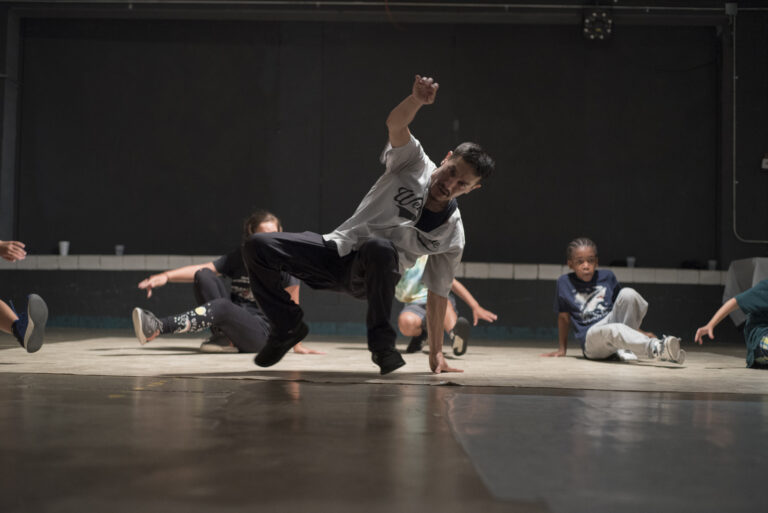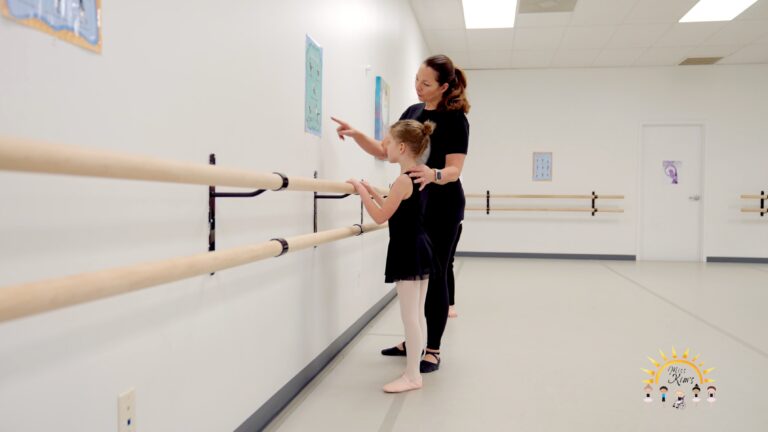
As summer marches on and more and more studio owners join the recital-done club, it might be tempting to rest on your laurels. And though a well-deserved break is certainly in order, you’d be remiss not to harness your post-recital momentum and transform it into a robust fall re-enrollment.
“The key is to start the process early, before people mentally check out for the summer,” says Shanna Kirkpatrick, owner of Chara Christian Dance Academy in Friendswood, TX.
A well-timed and smartly marketed re-enrollment push can aid in getting your current students to sign up for fall classes—especially if you keep the process fresh in your families’ minds and easy-peasy to enact. It’ll also give you the space and time to focus on new students, as this fall could be a boom year for studio enrollment. Here’s how to strike while the recital iron is hot and set yourself up for fall enrollment success.
Make it automatic
Because Kirkpatrick knows it’s easier to get current students to re-enroll than it is to find new students, she and her staff commit to a multistep process—she calls it a “comb-through”—that begins before her mid-June recital even occurs. First, current students are automatically re-enrolled for the fall (and charged an enrollment fee, which she likens to an annual Disney+ subscription fee) as the recital nears, unless they contact the studio to opt out of fall classes. This eliminates any of what Kirkpatrick calls the “stop/start” of finishing spring classes, participating in the recital, and then having to re-enroll in the late summer or fall. “Psychologically, that isn’t good for parents,” she says. “They have diminishing intent—the recital’s done, they haven’t registered, and then weeks and weeks go by.”

Build in reminders
Getting re-enrolled students to select their classes for the fall, however, requires some nudging, which is where the comb-through comes in. “Maybe half sign up the first week that classes are up for them to choose from,” says Kirkpatrick. “So then we first email everyone who hasn’t selected their classes for next year. Two weeks later, we move to texting them. Then, we move to calling them. That’s why we call it a comb-through process—we just have to scrape and scrape again.”
Despite how much intensive customer service this requires of Kirkpatrick’s staff, it’s a method that’s proven effective: “The old way, when it wasn’t automatic, we’d have 70 percent of our students re-enroll during our first week of enrollment,” she says. “Now, less than 5 percent of current students choose to opt out of re-enrollment.”
Use the recital hype
Jessica Zamarripa, who owns Laredo School of Dance in Laredo, TX, uses her digital end-of-year showcase—a recital approach spurred by the pandemic—as a marketing tool for new students. This year’s recital poster, which Zamarripa posted on social media, featured fashion-meets-dance shots of the studio’s 29 pre-professional program students. “All of the girls and their parents started sharing it,” she says. “It helped create buzz around the show.”

She also allowed studio families to purchase the digitized showcase for $25 and share it with as many viewers as they wanted. “Not having students purchase individual tickets to see the showcase was an investment for me, but I knew that as long as I made enough to pay for the show’s costs, the real result would be more enrollment,” she says.
Leading up to the showcase release, Zamarripa shared short clips of each dance, to give potential new families an idea of what classes and styles Laredo offers. “Between then and August, they’ll have seen snippets of every style and level,” she says. It’s a promotional tool she created based on feedback she’d gotten from new families the year prior: “When parents were enrolling their kids for the first time,” she says, “they’d say that they’d heard of us, but they wanted to see more of what we do.”
Capitalize on momentum
To encourage her current students to re-enroll for the fall, Zamarripa takes advantage of the end of her spring season and releases written evaluations. “We open fall enrollment on May 1,” she says. “All teachers assess their students for each class and send parents an email with recommendations for the following year—whether they should repeat a level or take two levels or be promoted to the next level. They offer other class suggestions, too: ‘She’s struggling with flexibility, so we recommend taking the stretch class on Fridays.’”
Convert summer students
Kirkpatrick tries to steer families who contact the studio in the late spring and early summer into participating in the studio’s July camps, as a tryout, and then targets them for fall enrollment. “We get a lot of new people in July,” she says. “Our camps are huge. It’s less of a commitment—and parents want that guaranteed three-hour daily childcare.”
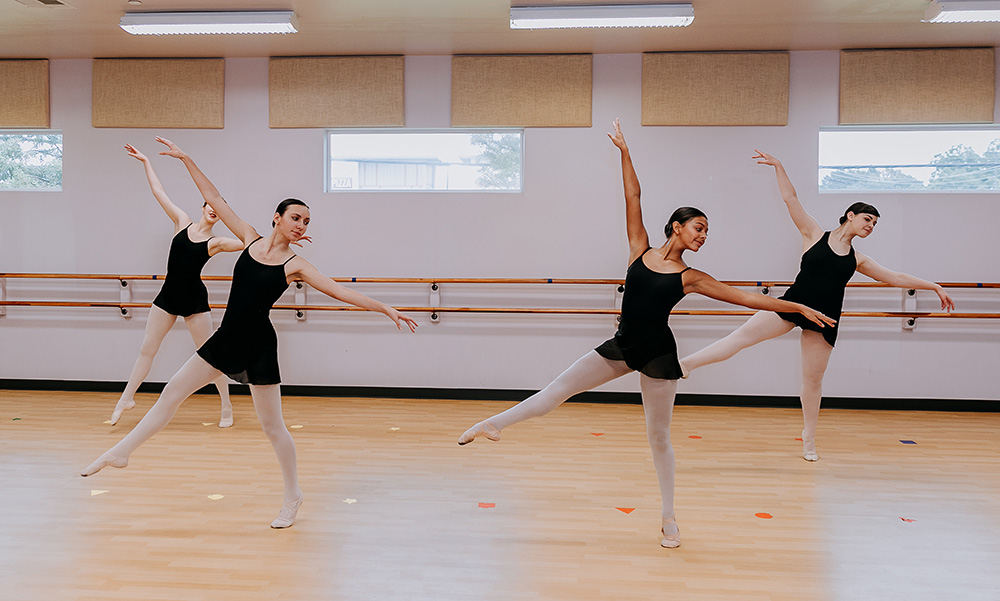
When it comes to her one-week camps, Zamarripa focuses on quality content and an end-of-camp informal performance to encourage fall enrollment. “We give them each a goody bag and tell parents that we’re enrolling for our fall pre-ballet class,” she says. “Parents will say, ‘My daughter loved it—let me enroll right now.’”
Be cautiously optimistic
Zamarripa is keeping a close eye on each class’ enrollment, trying to find the balance between being prepared for big numbers but not overestimating. That translates to putting a set number of classes on the schedule but reserving space for another, in case everything fills. “I just put two pre-ballet classes for ages 5 to 7 on the schedule—but I left room for a third one,” she says. “You want to prepare, but you don’t want to overprepare and be stuck with a lot of small classes.”
Kirkpatrick is operating similarly. “Every two weeks, we’re tracking numbers and seeing what the enrollment is,” she says. Keeping careful tabs on class counts allows her to make decisions about what classes to cut and who to move up from the waiting list as early as possible.
Check back in
As the fall nears, Kirkpatrick begins contacting students from two or three years ago who chose not to re-enroll, to see if they’ve changed their minds. “They may not have come back for the pandemic year, but they’re ready to come back now,” she says. “Maybe they want to be a part of a different program, this time around. Or maybe they have a little brother or sister by now.”

